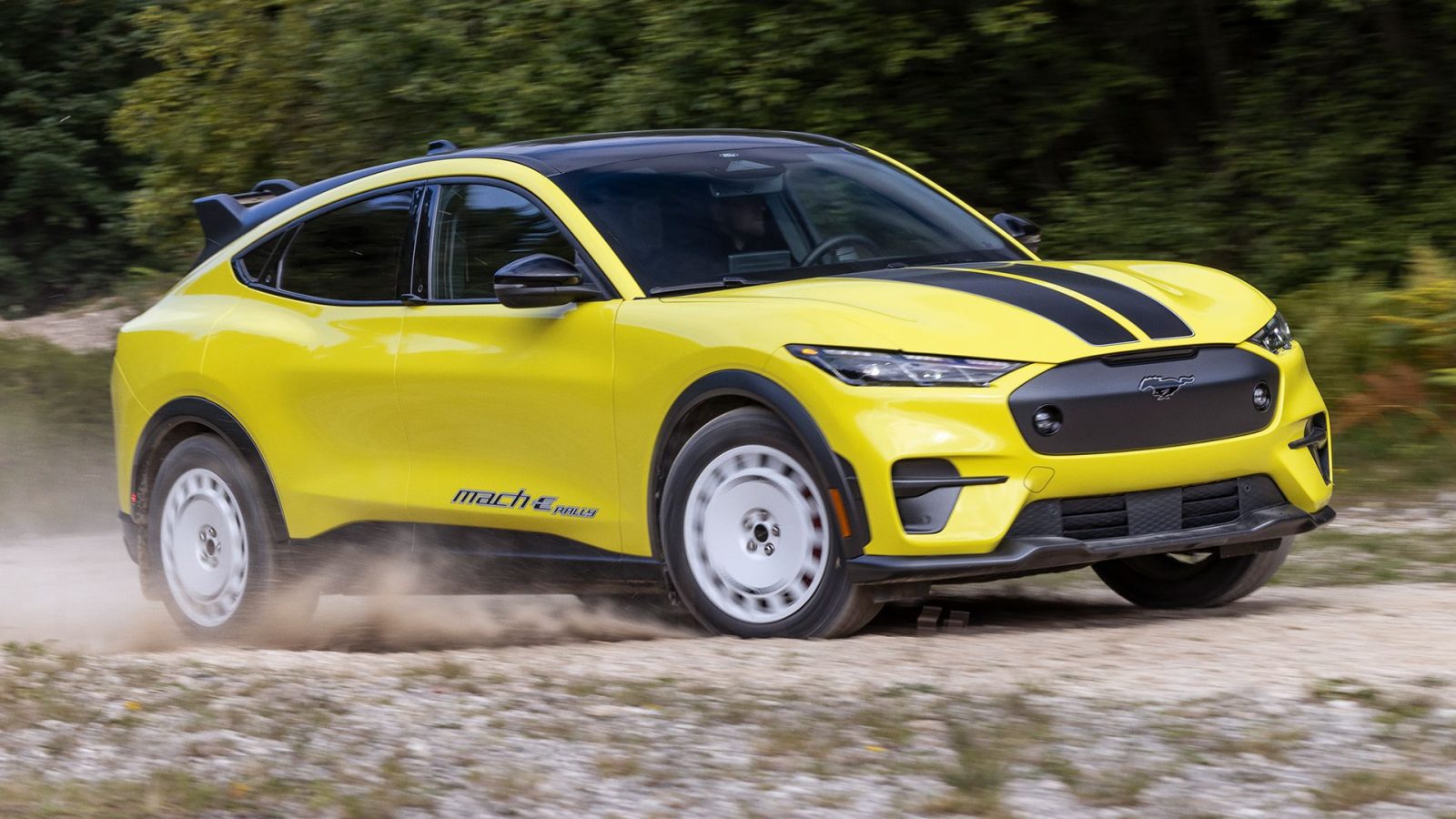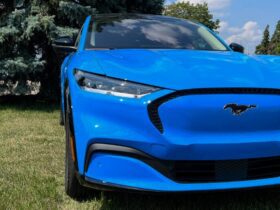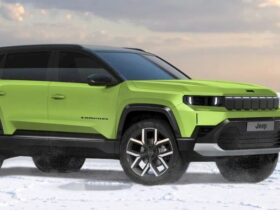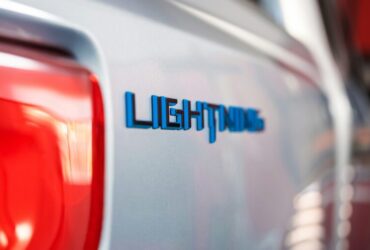Reimagining Electric Vehicles: The Hybrid Debate
The debate on the electrification of vehicles is one that has piqued the fascination of auto enthusiasts worldwide. The advent of EVs, or Electric Vehicles, is turning the automotive industry on its head, shaking things up, and ushering in an entirely new era. However, does every EV on the market truly deserve to be entirely electric? Would some of these models be better off with just a touch of gasoline coursing through their mechanical veins?
Given the nature of the topic, we’ll be taking an in-depth look into the EV models that could perhaps benefit from a hybrid configuration, running both electric power and conventional gasoline.
Why Hybrid Over Pure Electric?
In the surge of electric vehicles, there’s a key point we need to consider—range anxiety. The concern about how far an electric vehicle can travel on a single charge is perhaps one of the hot-button issues that potentially hinder EV adoption for some consumers. In this sense, a hybrid arrangement could offer a solution, deploying a gasoline engine as an alternate power source when the battery runs down.
EVs That Could Use a Splash of Gasoline
Tesla Model 3
Starting with the Tesla Model 3 might set some eyebrows raising. After all, Tesla is a name synonymous with EVs. Elon Musk’s vision has always been centered on pure electric vehicles. Nonetheless, there’s a case to be made for an option of this best-selling EV in a hybrid configuration.
This compact EV sedan, while admired for its futuristic design and advanced capabilities, often faces criticism due to its range, particularly the Standard Range Plus model. A gas engine could bridge this gap, turning the Model 3 into an uncompromisingly efficient vehicle for long-distance traveling.
Nissan Leaf
Another EV that could benefit from a hybrid setup is the Nissan Leaf. As one of the earliest mass-market EVs, the Leaf has always held a reputation for being reliable and affordable. But its electric-only design means you could end up in hot waters if you run out of charge on a road with no charging infrastructure. A hybrid variant would serve as a convenient “safety net”, providing the flexibility of using gasoline when necessary.
BMW i3
While the BMW i3 offers a range extender model that utilizes a small gasoline engine to recharge the battery and extend the range, the engine’s power doesn’t directly drive the wheels. For some driving enthusiasts who like the torque-y feel of an actual combustion engine, the i3 could certainly use a true hybrid model. Imagine a version of the i3 combining the nimbleness of an electric motor with the raw, visceral appeal of a BMW gas engine.
The Power of Choice
Remember, this isn’t a call to abandon the path of pure electrification. It’s merely acknowledging the power of choice. Despite massive strides in improving battery technology and charging infrastructure, we should consider hybrid EVs as an ‘intermediary step’. It will be especially beneficial for those residing in rural areas or where the infrastructure for EVs is unripe.
It’s not denying the potential of EVs. On the contrary, it’s about maximizing practicality during this transitional period and providing options that cater to a broader variety of prospective customers. After all, isn’t the endgame to reduce our collective carbon emissions—no matter how we get there?
Worth the Sacrifice?
Switching to a hybrid system is not without its drawbacks. The added weight and complexity of a gas engine, the necessary drivetrain modifications, and potentially reduced cargo space are all tangible compromises. The challenge will be to balance these elements to create an optimal hybrid EV that will not dilute the promise of clean, efficient, and enjoyable electric driving.
Final Thoughts
As we advance in the EV revolution, automakers should consider offering an alternative in the form of a hybrid option. This move can take away the worries of range anxiety, smoothen the transition to complete electrification and reassure potential EV buyers who may not be ready to let go of the conventional gasoline engine.
For a few years yet, maybe the sound and feel of an engine vroom is as much a part of the drive as pure, unadulterated electric power for some individuals. It’s all about striking a harmonious balance, one that combines the best of what gasoline and electricity have to offer. That way, everybody gets to enjoy the ride—until the time when our roads are humming with the harmonies of strictly electric rides.













Leave a Reply